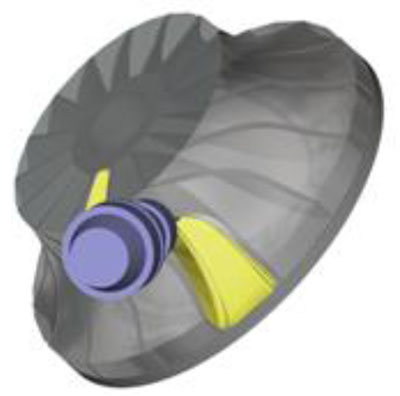5-Axis CNC Simulation
5-Axis CNC Simulation
After years of developing and testing possible solutions, MachineWorks says it has produced a new algorithm for 5-axis swept volume generation.

Over the years MachineWorks has been creating alternative ways of delivering better results, for example by combining the strengths of its geometric engines or by taking advantage of computer hardware developments, such as multi-core processors through multithreading. The reduction in usage of memory and continuous optimization have given MachineWorks a cutting edge and have contributed to MachineWorks' customers staying ahead of competition.
Meanwhile, MachineWorks' developers in the R&D department were set the challenge of looking into 5-axis simulation, analysing every technique it knew and then coming up with a solution from a completely different perspective.
After years of developing and testing possible solutions, MachineWorks says it has produced a new algorithm for 5-axis swept volume generation, which has advanced MachineWorks technology to a new height.
Some of the improvements that customers will be able to benefit from are, for example, fixing the dome effect created by conventional simulation approaches, giving better performance and better accuracy.
When milling an impeller, scalloping can occur which constitutes another major issue with the accuracy of the surfaces. The new algorithm tackles this problem effectively because of its capability to achieve much more accurate 5-axis swept volumes.
The new 5-axis swept volume method allows more flexible quality optimization, which further enhances the finishing surface accuracy and performance in terms CPU time and number of faces of the stock after simulation.
Dr. Fenqiang Lin, CTO of MachineWorks says, "A dedicated team of developers invested several years creating a more efficient method that would resolve satisfactorily the most common 5-axis simulation challenges. We are pleased to announce today that the fruits of our research will be included in the up-coming release."





